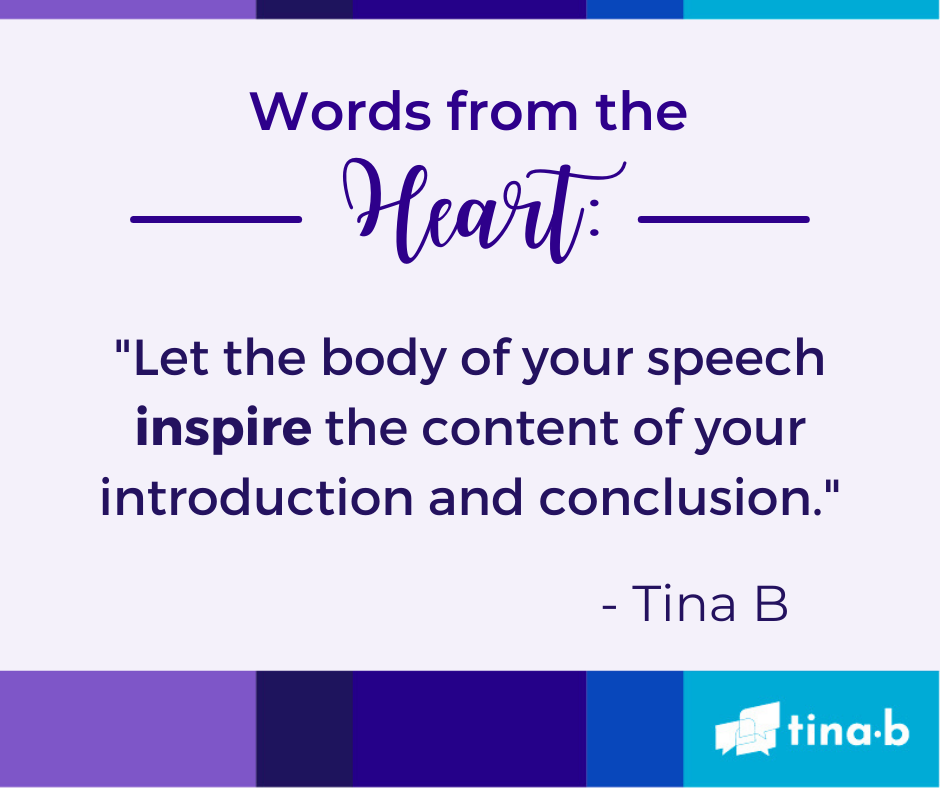Start in the Middle
Recently, I was typing on my computer when it froze. The entire system shut down. Frustrated, I called tech support. Before hearing the reassuring voice to help me solve my problem, I was thinking, “Why did this happen? How can I prevent this from happening again?”
I began playing the blame game, pointing fingers at my computer.
During my phone call, the tech agent asked, “Have you conducted a systems update recently? This is essential for your computer to function appropriately.”
Thinking back to my work the past several weeks, I reluctantly replied, “No. It’s been a while.” This patient agent directed me to look at the bottom of my screen for a red dot on my systems app. Glancing at the bottom of the screen, I saw the targeted red dot, indicating it’s time to reboot.
I had missed what was right in front of me.
My computer needed to update. Clean its slate. Start over. Try something new.
As communicators, sometimes we need to reboot.
We can get stuck or not notice a great idea when it’s right in front of us.
It’s easy to not know how to start a presentation—what to say or how to say it.
While Lewis Carroll, author of Alice in Wonderland said, “Begin at the beginning,” consider creating the body of your speech first and your introduction last.
This may feel counterintuitive, yet the body of your speech is 75-80% of your talk and should drive the content of your introduction.
Select the ideas that matter.
Arrange them in a way that makes sense to best connect you to your topic and your audience.
Let the body of your speech inspire the content of your introduction and conclusion.
You may be surprised of the content you create.
Reboot and reconsider a new way of creating a presentation.
Give it a try and let me know how it goes.



